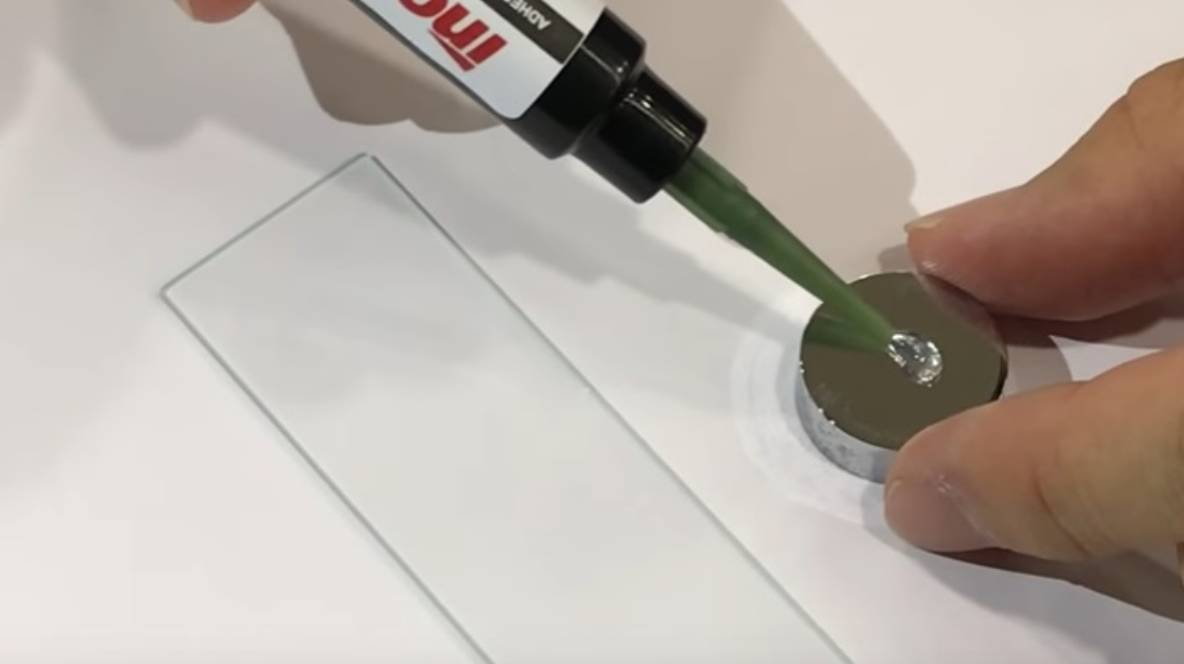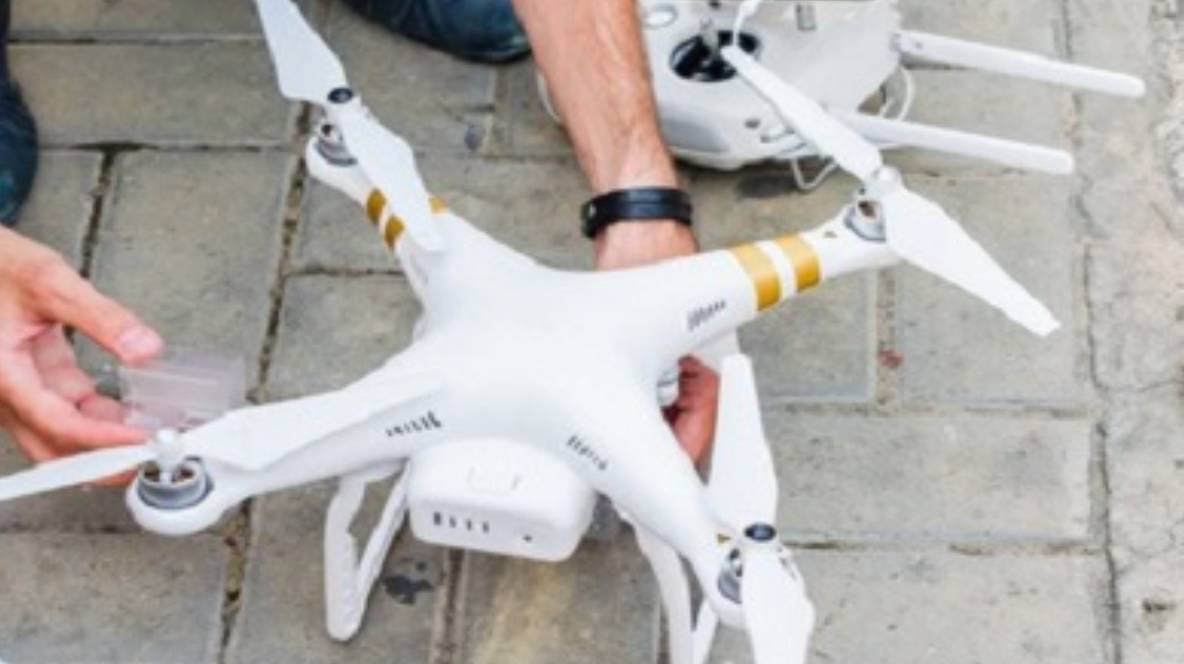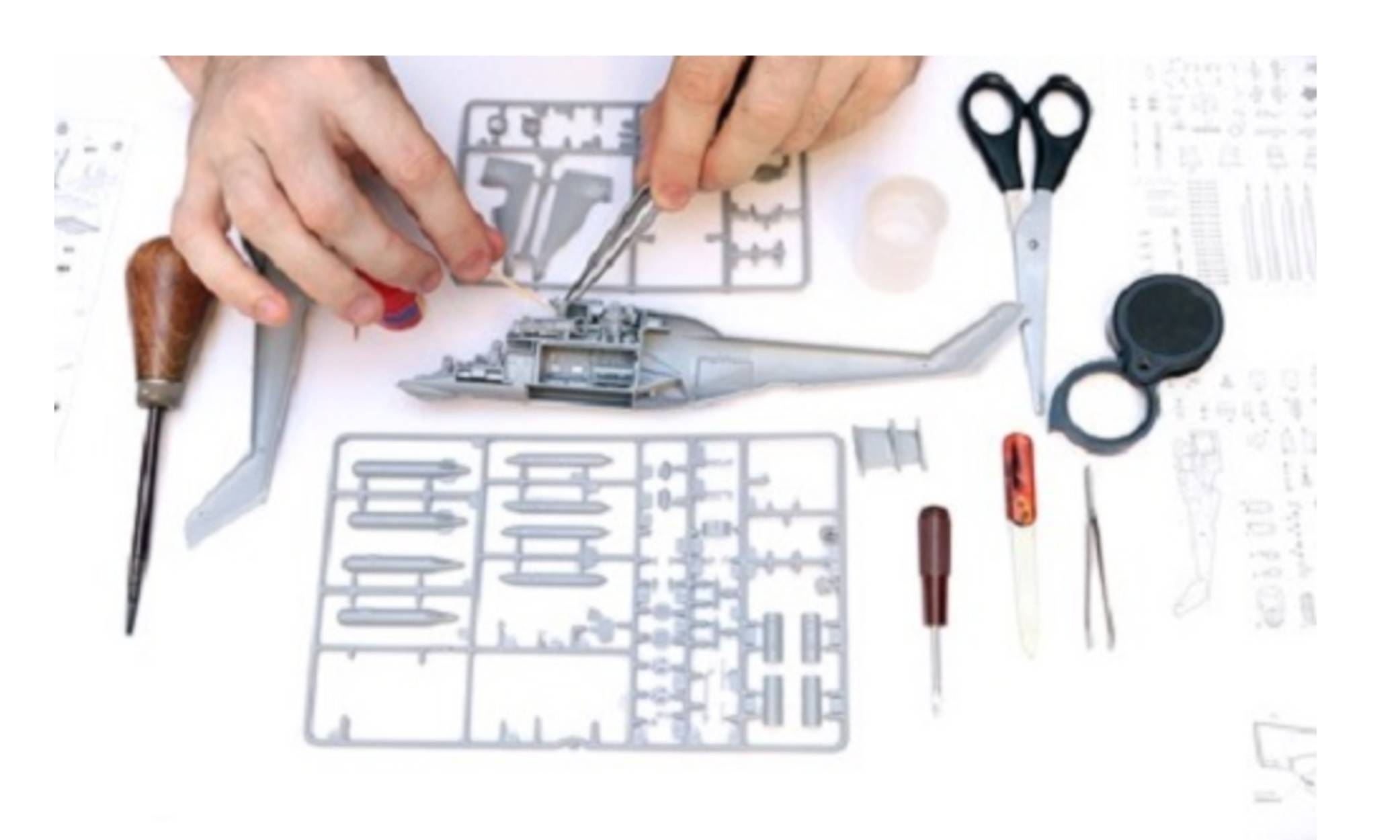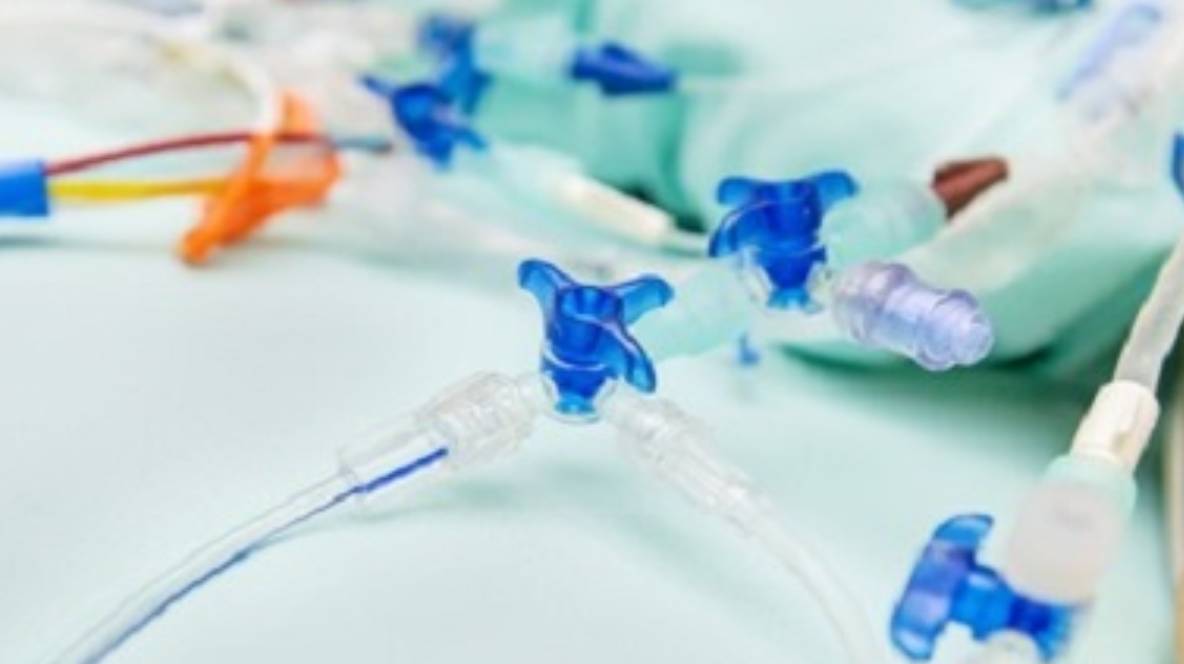Plastic & Rubber Instant Adhesive: Incure Quik-Fix™ 101
Incure Quik-Fix™ 101 is a high-performance, single-component adhesive designed for applications demanding rapid bonding. This ultra-low viscosity adhesive offers exceptional speed, strength, and versatility, making it ideal for a wide range of industries.
Key Benefits of Incure Quik-Fix™ 101
-
- Ultra-fast setting: Achieves rapid bond formation for immediate use.
-
- Versatile bonding: Adheres to various plastics, rubber, and metal substrates.
-
- High bond strength: Delivers up to 3,500 PSI for secure joints.
-
- Chemical resistance: Resists common solvents, including alcohol, petrol, and diluted acids and bases.
-
- Easy application: Convenient packaging for precise dispensing.
Ideal for Rapid Assembly Applications
Incure Quik-Fix™ 101 is perfect for industries requiring fast and efficient bonding solutions, including:
-
- Electronics and semiconductor manufacturing
-
- Automotive and aerospace
-
- Industrial equipment and machinery
-
- Construction and repair
Optimize Your Production Process
By incorporating Incure Quik-Fix™ 101 into your operations, you can:
-
- Increase production speed and efficiency
-
- Improve product assembly time
-
- Reduce labor costs
-
- Expand application possibilities
Conclusion
Incure Quik-Fix™ 101 is a high-performance adhesive that delivers exceptional speed and strength. Its versatility and chemical resistance make it an ideal choice for a wide range of industries.
Frustrated with weak bonds on plastic and rubber repairs? Discover Incure Quik-Fix™ 101, the instant adhesive designed for strong, lasting results. Shop online now for immediate delivery or Contact Us to learn more. Visit www.incurelab.com to explore the full range of Incure adhesives.




